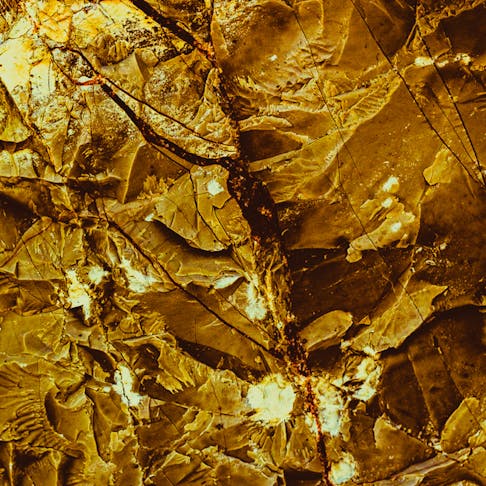Many manufacturing processes like forming, rolling, and machining, can only be done on ductile materials—if they’re not at least slightly bendy, they will quickly deform or break. This article covers the ductility levels of different manufacturing materials, as well as what it means, and how it’s measured.
What is Ductility?
The ductility of a material is just how much it can be stretched, bent, or twisted before it cracks or breaks, and is measured as an elongation percentage of the material’s original length. Ductility level is an important piece of information to know about a material. Because detectable deformation happens before the final fracture, a simple inspection can catch developing problems before disaster strikes.
It’s also helpful for engineers and manufacturers when selecting materials for certain applications—especially building and structural components—to know whether they can live up to their intended use, as well as the stresses they’ll be put under in the various metalworking processes.
Most plastics and metals are ductile, but some, like high-carbon steel or acrylic, are not. Materials that aren’t ductile are considered brittle; instead of deforming under pressure, they simply break, chip, or snap. A ductile material will let you know when it’s just about had enough, whereas a brittle one will give up with very little (to no) warning.
Ductility Levels of Common Manufacturing Materials
The table below offers a quick look at various manufacturing materials and exactly how ductile they are, from most to least. At the very bottom, you’ll find a couple of brittle materials thrown in for comparison.
| Material | Atomic No. | Ductility (% elongation) |
|---|---|---|
Material Tantalum | Atomic No. 73 | Ductility (% elongation) Up to 200% |
Material Copper | Atomic No. 29 | Ductility (% elongation) 25–60% |
Material Aluminum | Atomic No. 13 | Ductility (% elongation) 17–40% |
Material Silver | Atomic No. 26 | Ductility (% elongation) 20–40% |
Material Brass | Atomic No. Varies (alloy) | Ductility (% elongation) 10–45% |
Material Nickel | Atomic No. 28 | Ductility (% elongation) From 17–40% |
Material Steel | Atomic No. Varies (alloy) | Ductility (% elongation) 4–40% |
Material Gold | Atomic No. 79 | Ductility (% elongation) 20–30% |
Material Platinum | Atomic No. 78 | Ductility (% elongation) 15–25% |
Material Iron | Atomic No. 26 | Ductility (% elongation) 10–30% |
Material Bronze | Atomic No. Varies (alloy) | Ductility (% elongation) 10–20% |
Material Zinc | Atomic No. 30 | Ductility (% elongation) 1–7% |
Material Lead | Atomic No. 82 | Ductility (% elongation) Up to 1% |
Material Wood | Atomic No. n/a | Ductility (% elongation) Very low, brittle |
Material Clay | Atomic No. n/a | Ductility (% elongation) Very low, brittle |
Ductility Levels of Common Manufacturing Materials
Here’s a little more information on each of these materials.
Tantalum
Tantalum is a rare, bio-friendly metal that’s hard, and naturally corrosion-resistant. It’s often used as an alloying element to give other metals some of its strength, ductility, and resistance to corrosion. It works well in the drawing process, and is made into electrical parts (i.e., capacitors, high-power resistors), and surgical and dental tools, instruments, and implants.
Copper
Copper was used even before the start of the Bronze Age (around 3300 BCE) to make tools and weapons. It’s soft, has a reddish hue, and, thanks to its excellent ductility and electrical and thermal properties, copper is widely used for wiring, and is also made into pipes, like the ones in the picture below.
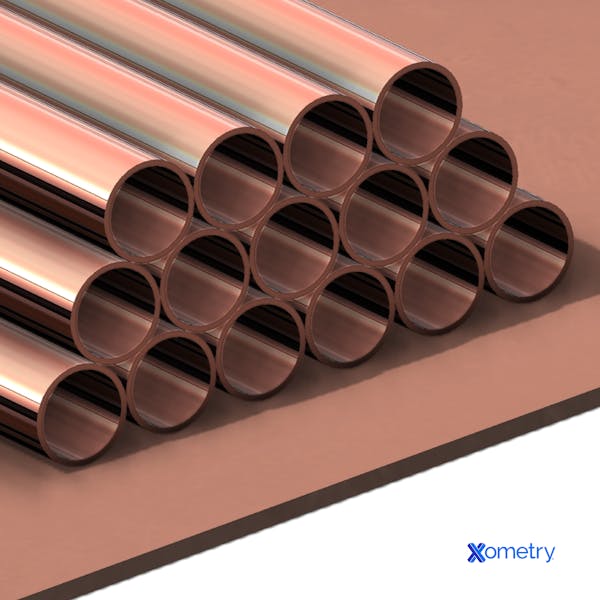
Aluminum
Aluminum breaks a lot of records; it’s the most-produced, most-refined, and most abundant non-ferrous metal on Earth. It’s commonly found in nature in oxide or salt form and has a silvery-white color (pictured below). As well as its ductility, which ranges from 17% for 6061 T1 alloy, to 40% for 3003 O alloy, aluminum also boasts a high strength-to-weight ratio, and is resistant to corrosion. To make it even better, it can be alloyed with silicon, manganese, and nickel.
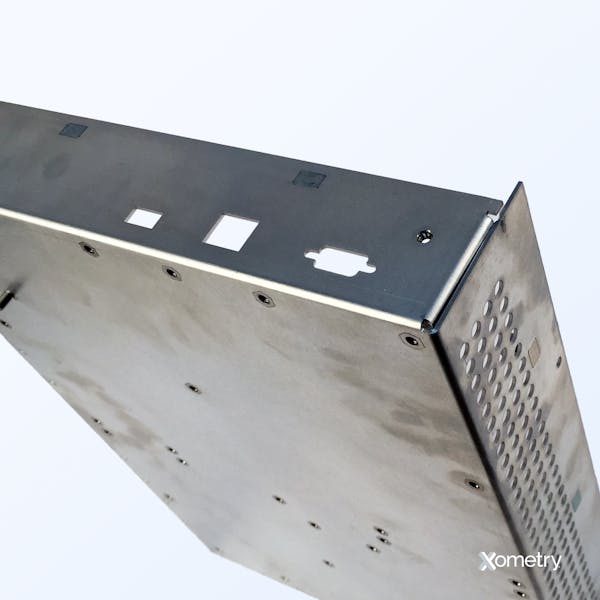
Silver
In addition to silverware and jewelry items, like rings and bracelets, silver is used to make electrical wires and circuits as it’s electrically and thermally conductive. This lustrous metal is soft and malleable, so sometimes alloying elements, like nickel, copper, or palladium, are added to give it some hardness, strength, and toughness.
Brass
Made from a combination of copper and zinc, brass is a strong and corrosion-resistant metal that has been used—along with its sister alloy, bronze—since around 3000 BCE to make tools, armor, jewelry, bowls, and jugs. In this day and age, it’s made into plumbing fittings, nuts, bolts, and other hardware. This is what brass can look like before it’s fabricated.
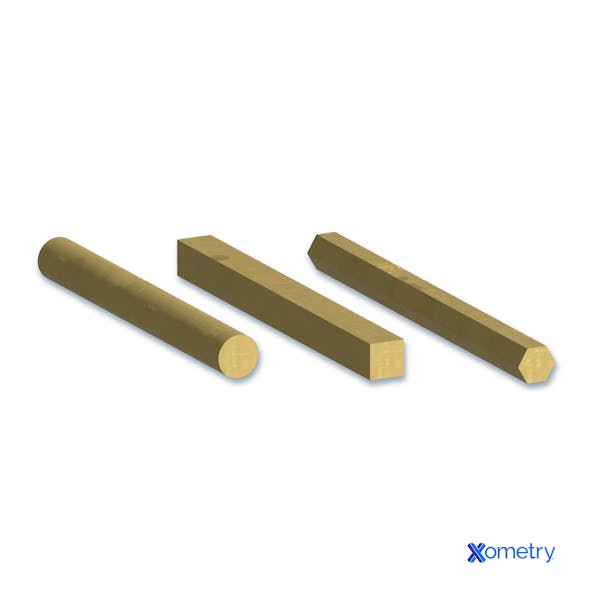
Nickel
As one of the most famous alloying elements, nickel is often added to other metals, like iron, copper, and silver, to lend them some of its strength, hardness, and ductility. Nickel is corrosion-resistant and moderately electrically conductive, and is commonly made into wires, gas turbines, and rocket engines. It’s even popular in jewelry, although some people can be allergic to it.
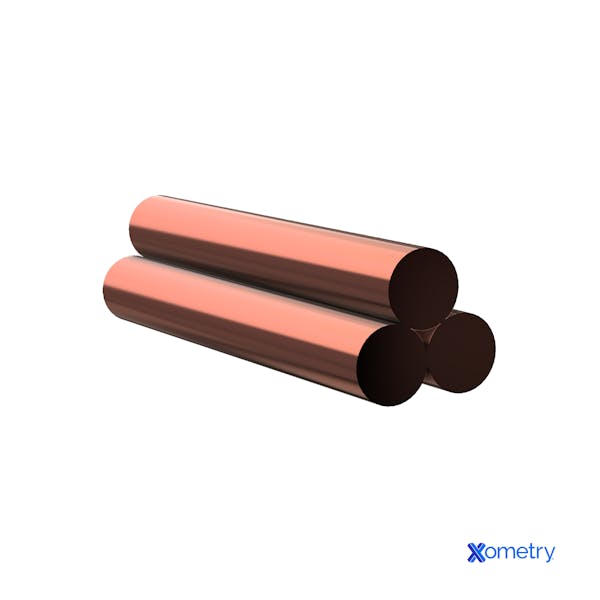
Steel
Steel is an alloy of iron and carbon, but other elements can be thrown into the mix, like chromium, manganese, nickel, and molybdenum, for even more benefits. Steel was first made in the 13th century BCE, and soon became the main weapon-making and architectural material. It’s still used for those things (along with many others for almost every manufacturing industry) to this very day. It’s much softer than iron, and has more strength, hardness, toughness, and corrosion resistance, but its ductility will depend on exactly what’s in it.

Gold
Gold is classed as a precious metal and is both ductile and dense (19.3 g/cm³ to be exact). Just an ounce of the stuff can be beaten into a 187-foot2 gold leaf sheet. Although it’s most famously made into jewelry—and has been since ancient times—gold can also be used in electronics. That’s what we see often among Xometry customers.
Platinum
Right up there with gold in terms of ductility, platinum is another metal that’s commonly used in the jewelry industry. It’s soft and dense, with an atomic mass of 195.09 amu, and silvery-white in color. As extra bonuses, platinum is corrosion-resistant and chemically stable, too. As well as adornments, it’s useful in the manufacturing of electronics, and parts and catalysts among our customers in the automotive sector.
Iron
Iron is a soft, shiny, and gray metallic element that’s been used since the Bronze Age ended around 1200 BCE. This metal, too, has a whole Age named after it. It’s soft and will rust when in contact with air, so carbon and other elements are frequently mixed into it to make it stronger, tougher, and harder. When alloyed, iron can be made into steel and cast iron.
Bronze
As an alloy of copper and tin, bronze is strong, corrosion-resistant, and won’t spark when it’s hammered in metalworking. This makes it safe for working around flammable materials if necessary. In the olden days, bronze was commonly made into tools, weapons, armor, and sculptures and, today, it’s used for gears, springs, bushings, bearings, and even musical instruments.
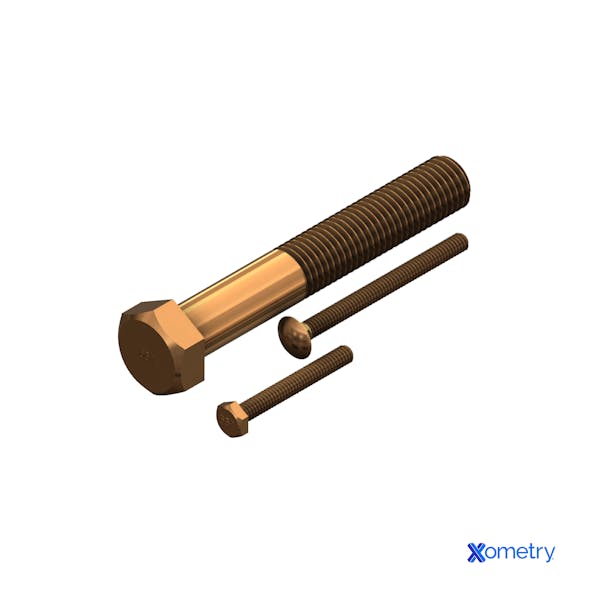
Zinc
We’re now entering not-so-ductile material territory. Zinc is brittle at room temperature, but it does become more ductile at higher temperatures of around 230–300°F. Zinc has a bluish-white color, and readily reacts with oxygen and forms oxides which is why its most common use is for galvanizing steel. It is also often used for brass and other alloy production.
Lead
Lead has been used since the Babylonian Empire to inscribe financial or historical records onto tablets because of how soft and malleable it is (China hadn’t invented paper yet, unfortunately). It’s not used an awful lot in manufacturing as it’s not a very good electrical conductor, and there’s also the small issue of it being toxic to humans (side effects include cognitive deficits and renal disease). However, it’s still used in roofs, ammunition, and batteries.
Wood
Wood is a strong organic material made of cellulose fibers which are enclosed in lignin. It’s strongest when forces are applied parallel to the grains, and weakest when forces are applied perpendicularly to the grain. It’s hard to determine wood’s ductility because when it’s under tensile strength, it is brittle, but it does have a little plasticity when it’s compressed. In general, it’s not really considered ductile; it can’t be drawn, pulled, or stretched. Xometry can laser cut wood if you’re interested!
Clay
Clay is a type of soil with aluminum silicates and soil particles that are less than 0.005mm in diameter. When wet, it does act somewhat ductile and can stretch and deform. When it’s dry, though, or fired to make materials like pottery, bricks, tile, and other ceramics, it’s extremely brittle.
How Xometry Can Help
Xometry has a large array of manufacturing capabilities, including CNC machining, 3D printing, injection molding, laser cutting, and sheet metal fabrication in many of the materials listed above. We’ll also be happy to advise you on what materials would be best for your specific needs; just reach out to one of our reps, or upload your designs to the Xometry Instant Quoting Engine® for a free quote.
Disclaimer
The content appearing on this webpage is for informational purposes only. Xometry makes no representation or warranty of any kind, be it expressed or implied, as to the accuracy, completeness, or validity of the information. Any performance parameters, geometric tolerances, specific design features, quality and types of materials, or processes should not be inferred to represent what will be delivered by third-party suppliers or manufacturers through Xometry’s network. Buyers seeking quotes for parts are responsible for defining the specific requirements for those parts. Please refer to our terms and conditions for more information.


